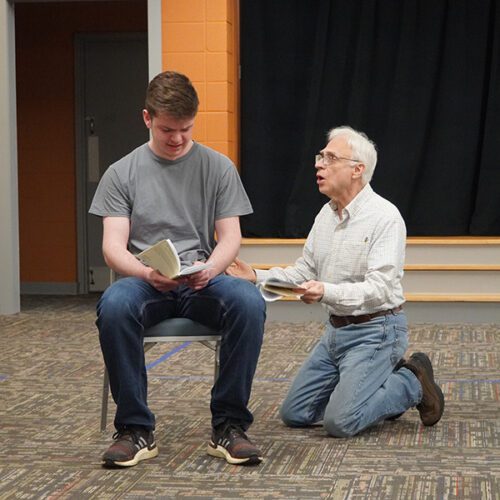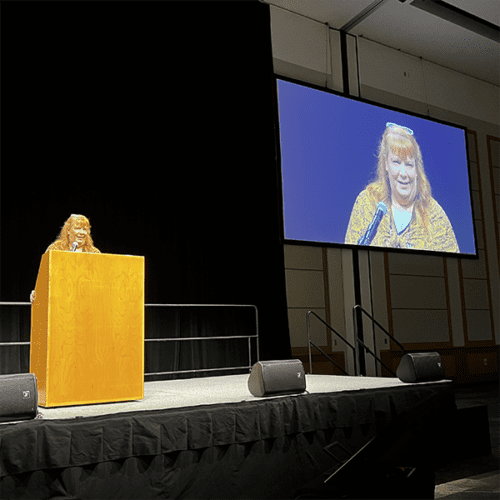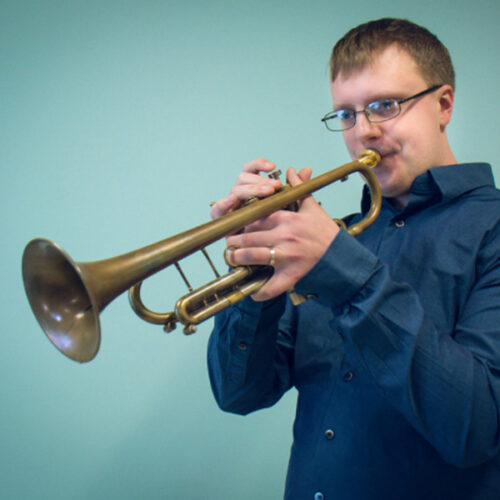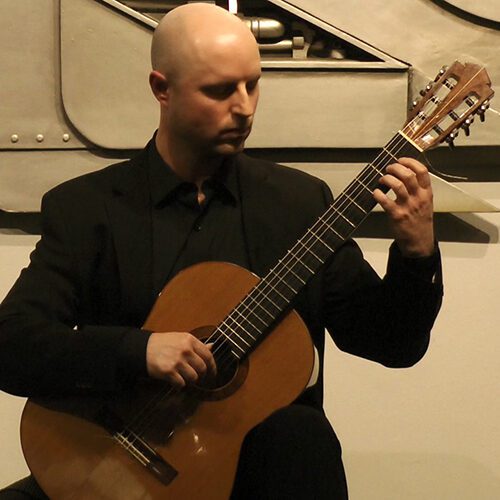Wallace and colleagues present research on rotifers
Bob Wallace, professor of biology, participated in a workshop entitled, “Cryptic speciation in Brachionus plicatilis: A workshop to describe species within the complex” at the University of Texas at El Paso from August 5-10, 2014. In this workshop, 26 individuals from around the world participated in the analysis of this single species of rotifer — one that is proving itself to be important in scientific research.
Anton Van Leeuwenhoek, the father of microbiology, discovered rotifers in the seventeenth century, and Wallace reports that in a recent compilation more than 2,500 species of these tiny, bilaterally symmetrical, multicellular animals were known to science. Over the centuries since Leeuwenhoek’s description, rotifers have even entered our popular culture, from making appearances in children’s books to poems to cartoons in newspapers to works of science fiction.
More importantly, their status in biology has become widely recognized. “Rotifers are used in education at all levels of instruction, from grade school through college,” said Wallace. “They are important in the food webs of inland waters” as they eat bacteria and algae and are subsequently eaten by aquatic predators. Rotifers are found on every continent, in both fresh and inland saline waters, as well as the inshore reaches of the world’s oceans.
The Brachionus plicatilis in particular is used in a variety of ways, including aquaculture, aging studies, and ecotoxicology. However, within the last ten years, researchers noted that Brachionus plicatilis specimens collected from around the world had subtle differences in their shape. As a result, they “hypothesized that these forms represented a complex of several species,” said Wallace.
With the advent of sophisticated genetic techniques, Wallace noted that some of the genes of Brachionus plicatilis are really different enough to warrant calling them different species. “Thus, we now considered Brachionus plicatilis to be a so-called cryptic species,” said Wallace. “While the animals looked similar, their genetic makeup is sufficiently different to nominate them as separate species.”
Past research estimates that there may be as many as 20 new species to evaluate within this cryptic species, and Wallace and his colleagues were fortunate enough to receive multiple samples of each to evaluate. “To keep these species straight for our research, we have to know how to identify the specimens,” said Wallace. He elaborated, “This is not just a matter of putting a name on a thing; making a mix-up in identification could mean that we would conflate two or more species and that could have significant implications to research. For example, we know that different rotifers react differently under the same experimental conditions. In pharmaceutical and toxicological studies using the same species in experiments that may take place in scientific labs around the world is critical.”
In order to be recognized as a new species, at least one specimen must be deposited in a museum, so the workshop’s participants received one-on-one instruction from the organizers of the workshop on the process of making permanent slides of each specimen. In addition, the participants “began the process of describing about ten new species,” said Wallace. The final count of the total number of new species will be determined after a detailed statistical analysis.
As seven instructors hosted the workshop, Wallace found their interactions an “interesting study in the social dynamics of scientists.” Each person in the workshop found their own best niche so that the group functioned well without specific guidance.
Within the classroom, Wallace considers the dual role of professor and scholar to be crucial for providing opportunities and real-world expertise for students. “It is the teacher-scholar who, explaining concepts to his or her students, gains new insight to research problems,” said Wallace.
‘Teacher-scholars’ not only perform the primary function of their profession – they live and grow through experiencing the research process firsthand. “It’s just too easy to sit back and play the role of the ‘sage on the stage’ impressing students with what one knows without putting his or her ideas into the crucible of professional peer review.”
In addition to hosting workshops and teaching biology, Wallace keeps a full schedule, including participating in a NSF-funded research program, editing a chapter on rotifers which was published in a textbook about freshwater invertebrates this fall. He is also writing research papers and is involved in developing a symposium for the Society for Integrative and Comparative Biology. He is currently teaching courses in Ecology and Scientific Writing and Communication.
Kaylie Longley ’15
Saint Francis, Wisconsin
Related Posts
Director Emeritus of Theatre Robert Amsden to play lead in ‘Death of a Salesman’
Director Emeritus of Theatre Robert Amsden will play the lead role when Oshkosh Community Players presents Arthur Miller’s “Death of a Salesman” April 4-6. Performances […]
Jandelyn Plane recognized with award for broadening computing education
Jandelyn “Jan” Plane, associate professor of computer and data sciences, received a 2024 ACM SIGCSE Award. ACM SIGCSE is the Association of Computing Machinery Special […]
Paul Dietrich releases fourth album of music, supports it with a tour
Paul Dietrich, adjunct instructor of music, released his fourth album as a leader, “5+4,” in October and supported it with a small tour in February. […]
Classical guitar recital to be presented Feb. 23 at Ripon College
A classical guitar recital with Dr. Christopher Cramer, adjunct professor of music, will be presented Friday, Feb. 23, at Ripon College. The recital will begin […]




